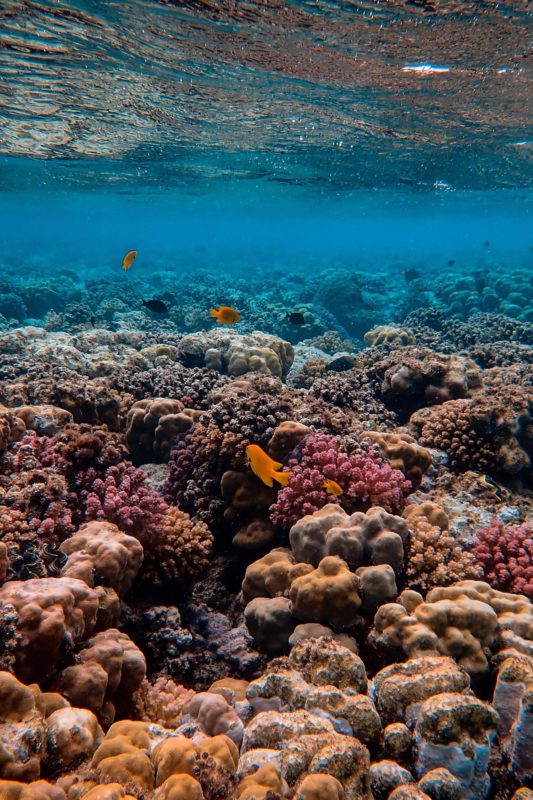With our love of the great outdoors, it goes without saying that sunscreen is a must when we’re heading out into the sunshine. While time in the sun does our bodies a whole lot of good, like giving us a natural dose of Vitamin D and a boost of serotonin, heading out unprotected can seriously damage our skin.
But did you know that the type of sunscreen you use actually has the potential to harm the outdoor spaces you’re enjoying? Today, we’ll break down everything you need to know about eco-friendly sunscreens so you can protect not only your skin but the environment as well.
What is eco-friendly sunscreen?
You may be surprised to learn that traditional sunscreen contains two key ingredients, oxybenzone and octinoxate, that are incredibly harmful to the environment. After applying sunscreen, whenever we take a dip in a lake or ocean or take a shower to cool off, these nasty little chemicals make their way into our waterways. Studies suggest that they’re not adequately filtered out by water treatment plants and severely impact the marine ecosystems they end up in.
The biggest of these concerns is their link to coral reef bleaching. Studies show that when these two chemicals are present, coral reefs become stressed, and the algae they need to survive leave. Without these little guys, the coral can’t regenerate itself, and as a result, the marine life that depends on the coral for food and shelter are all negatively impacted.
The good news is there are now alternative sunscreens that keep your skin and the aquatic life protected — a win-win in our books. Plus, in places like Hawaii, there’s now legislation that bans the sale of sunscreen that contains these destructive ingredients.
What certification should I look for to ensure my sunscreen is eco-friendly?
Eco-friendly sunscreens that don’t contain oxybenzone or octinoxate are marked as “reef-safe” or “reef-friendly” for obvious reasons. Unlike conventional sunscreens, which use a chemical formula to absorb UV rays, “reef-safe” sunscreens are mineral-based. Mineral sunscreens are formulated with “non-nanotized” zinc oxide or titanium dioxide that act as a shield to deflect the sun’s rays off your skin. It sounds complicated, but “non-nanotized” simply means that the zinc oxide or titanium dioxide particles are bigger, giving you greater UV protection.
Another great thing about mineral “reef-safe” sunscreen is that they usually don’t contain parabens, another not-so eco-friendly culprit we generally want to keep out of our waterways.
How do you apply eco-friendly mineral sunscreen?
This may seem like a strange question, but it’s important to note that once you make the switch to a more eco-friendly sunscreen, there’s a slight difference in how you apply it. Mineral sunscreen doesn’t penetrate your skin in the same way as conventional sunscreen because it reflects UV rays instead of absorbing them. As a result, it has a thicker texture and takes a little more effort to apply. But trust us, it doesn’t take long.

Like you would with any sunscreen, make sure you’re applying it at least 15 minutes before heading out into the sun. Since you typically don’t need to use as much mineral sunscreen, simply apply small dots of cream to different areas of your skin and spread gradually using the palm of your hand. Keep rubbing until the white colour fades to a light sheen, and you’re good to go.
One common complaint we should warn you about is that mineral sunscreen can often leave a white cast behind even after it’s thoroughly rubbed in. But as more brands start offering mineral-based alternatives, the formulas are becoming more refined. Tinted options for darker skin tones are now widely available.
Now you can enjoy your time in the sun knowing you’re protecting both your skin and the natural environment for future generations. Get out there and soak up those rays!


